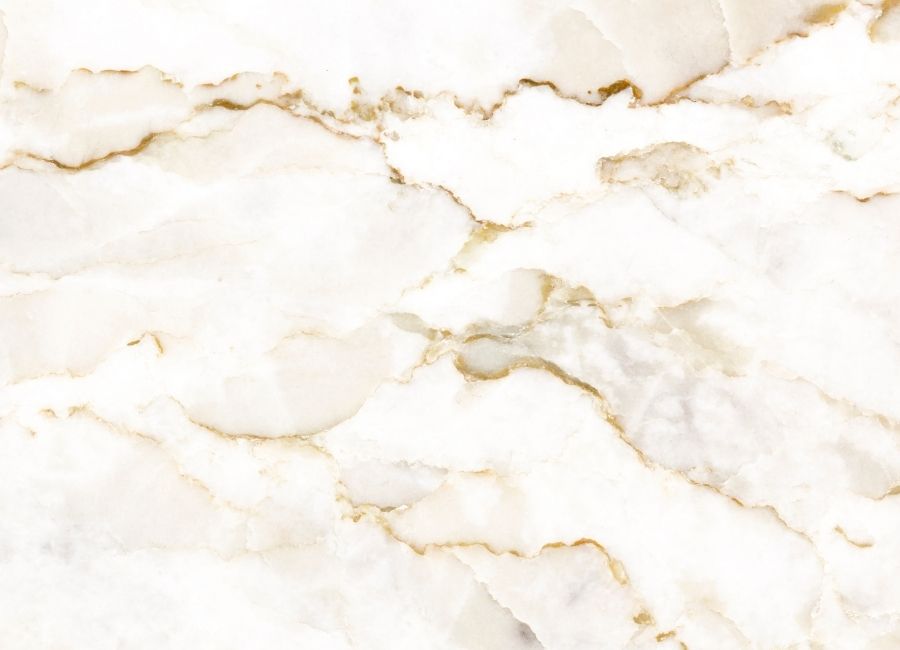Among the world’s most admired natural stones, turkish marble holds a unique place in the realm of architecture and interior design. Renowned for its exceptional quality, vibrant patterns, and refined texture, this natural material has been an essential part of construction and decoration for centuries. Originating from the quarries of Anatolia, Turkish marble combines traditional artistry with modern technology, offering a luxurious touch to any surface it graces. From ancient monuments to contemporary living spaces, it represents both the history and future of stone craftsmanship, making it a symbol of elegance and durability.
Turkey has long been one of the leading producers of marble in the global market. The country’s diverse geological structure allows for a wide range of marble varieties, each possessing distinct color tones, veins, and physical characteristics. Turkish marble is extracted mainly from regions like Afyon, Burdur, Denizli, and Marmara Island. The stones from these areas have gained international recognition for their aesthetic value and strength. Builders, designers, and homeowners from around the world seek Turkish marble for flooring, cladding, countertops, and artistic details, appreciating its balance of luxury and longevity.
One of the most celebrated varieties among Turkish stones is afyon white marble, known for its soft, creamy hue and delicate veining. Quarried in the Afyon region of Turkey, this marble has a rich historical background, having been used in countless ancient temples, baths, and palaces. Its pure white base, occasionally interlaced with subtle grey or gold veins, creates a timeless aesthetic suitable for both classical and modern settings. Architects favor Afyon White Marble not only for its beauty but also for its fine crystalline structure, which reflects light in a way that enhances the spaciousness and brightness of any room. Whether it is applied to walls, floors, or sculptures, it brings an unmatched sense of sophistication and serenity.
The appeal of Turkish marble goes beyond its visual charm. Its physical properties such as resistance to heat, pressure, and wear make it a practical choice for high-traffic areas. Many designers choose it for hotels, luxury homes, and public buildings where elegance must meet functionality. The natural cooling quality of marble also makes it particularly well-suited for warmer climates, an advantage well known in traditional Turkish architecture. In ancient Anatolia, marble was a symbol of wealth and spiritual balance, and even today it continues to represent prestige and timeless beauty.
While marble reigns supreme in luxury design, Turkey is equally famous for its extensive deposits of turkish limestone. Limestone, a sedimentary rock formed through the accumulation of marine fossils and minerals, offers a softer and warmer aesthetic compared to marble. Turkish limestone is prized for its subtle textures, earthy tones, and versatility. Designers often use it for exterior facades, flooring, and landscaping projects due to its natural resistance to weathering and its timeless, organic look. The stone’s porous structure gives it a unique tactile feel, creating a sense of harmony with nature.





